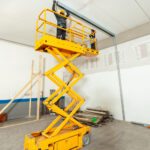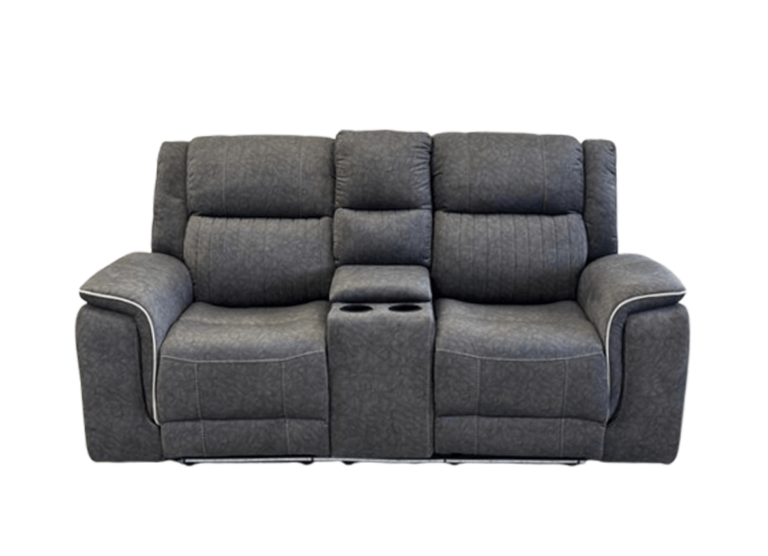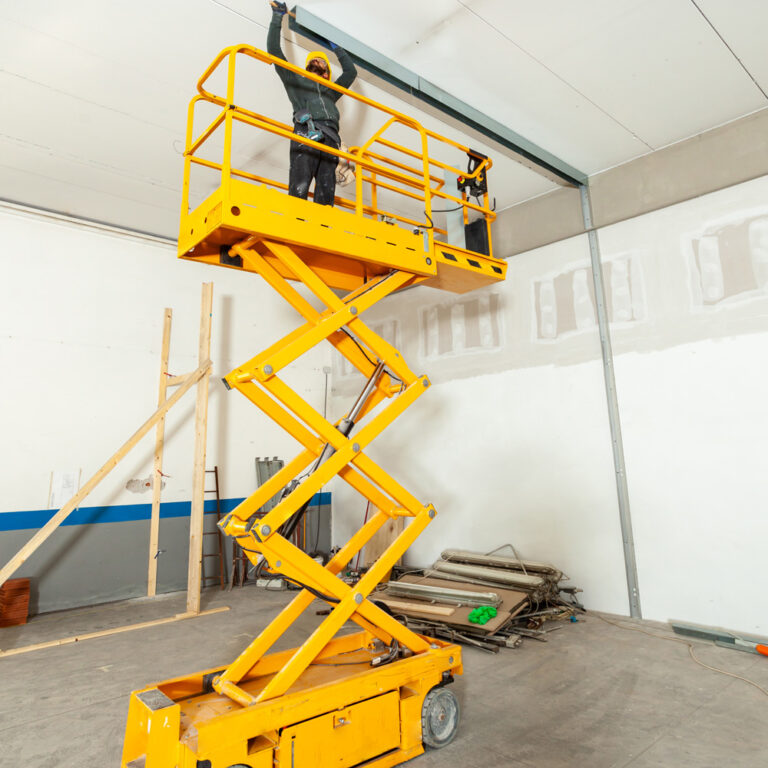BOPP bags and bulk bags are essential in packaging, offering strength, versatility, and durability. From storing food items to carrying industrial materials, these bags have become indispensable across industries. Let’s dive into how these useful bags are made and understand the steps involved in their manufacturing.
Understanding BOPP Bags and Bulk Bags
BOPP Bags: Biaxially Oriented Polypropylene (BOPP) bags are lightweight, durable, and customizable. Their surface can be printed with vibrant designs, making them a popular choice for branding and retail packaging.
Bulk Bags: Also known as FIBCs (Flexible Intermediate Bulk Containers), bulk bags are large and sturdy. They are designed to hold and transport heavy loads, such as agricultural products, chemicals, and construction materials.
The Manufacturing Process of BOPP Bags
The creation of BOPP bags involves multiple steps to ensure strength, durability, and high-quality printing.
1. Polypropylene Resin Selection
Manufacturing begins with selecting polypropylene resin, the raw material. The quality of the resin determines the final product’s strength and flexibility.
2. Extrusion and Film Formation
The polypropylene is melted and extruded into thin sheets, forming a base film. This film is then stretched in two directions (biaxially oriented) to increase its strength, clarity, and flexibility.
3. Printing
One of the standout features of BOPP bags is their vibrant and detailed printing. The manufacturing process involves either:
- Reverse Printing: Designs are printed on the underside of the film for protection against wear.
- Surface Printing: Designs are applied directly to the film for bold and vivid visuals.
The use of rotogravure or flexographic printing ensures high-quality, sharp images that elevate the bag’s appearance.
4. Lamination
The printed BOPP film is laminated onto woven polypropylene fabric. This process adds strength and enhances the bag’s resistance to moisture, making it suitable for food and other sensitive products.
5. Cutting and Stitching
The laminated fabric is cut into the required sizes. Edges are stitched or heat-sealed to create the final bag. Handles, zippers, or other custom features may also be added.
The Manufacturing Process of Bulk Bags
The process of making bulk bags is different as they are designed for heavy-duty applications.
1. Polypropylene Extrusion
Like BOPP bags, polypropylene resin is melted and extruded into threads. These threads are then stretched to increase their strength and durability.
2. Weaving
The threads are woven into a durable fabric, forming the main material for bulk bags. The density of the weave depends on the bag’s intended load capacity.
3. Coating
For moisture protection, the woven fabric may be coated with a thin layer of polypropylene. Coated bags are ideal for transporting fine or moisture-sensitive materials.
4. Cutting and Sewing
The fabric is cut into panels based on the required size of the bulk bag. These panels are stitched together to create the body of the bag. Features such as spouts, loops, or liners are added based on customer needs.
5. Quality Checks
Since bulk bags are used to carry heavy loads, quality testing is critical. Bags are checked for durability, load capacity, and resistance to wear and tear.
Applications of BOPP Bags and Bulk Bags
Uses of BOPP Bags
- Food Packaging: Storing rice, sugar, and other grains.
- Retail Packaging: Used for fertilizers, pet food, and seeds due to their attractive printing.
- Industrial Use: Transporting lightweight goods while maintaining branding.
Uses of Bulk Bags
- Agriculture: Storing and transporting grains, seeds, and animal feed.
- Construction: Carrying cement, sand, and other materials.
- Chemicals: Packaging powders, granules, or hazardous materials safely.
Why Choose BOPP Bags and Bulk Bags?
Both bag types offer unique benefits:
- Durability: Strong enough to handle rough usage.
- Customization: Options to add logos, designs, and specific features.
- Sustainability: Recyclable and eco-friendly options are available.
Final Thoughts
The manufacturing processes of BOPP bags and bulk bags combine technology and craftsmanship to deliver reliable and versatile packaging solutions. Whether it’s the vibrant appeal of BOPP bags or the heavy-duty reliability of bulk bags, these products cater to a wide range of needs across industries. By understanding how they’re made, we can appreciate the innovation behind the packaging that supports businesses worldwide.
















